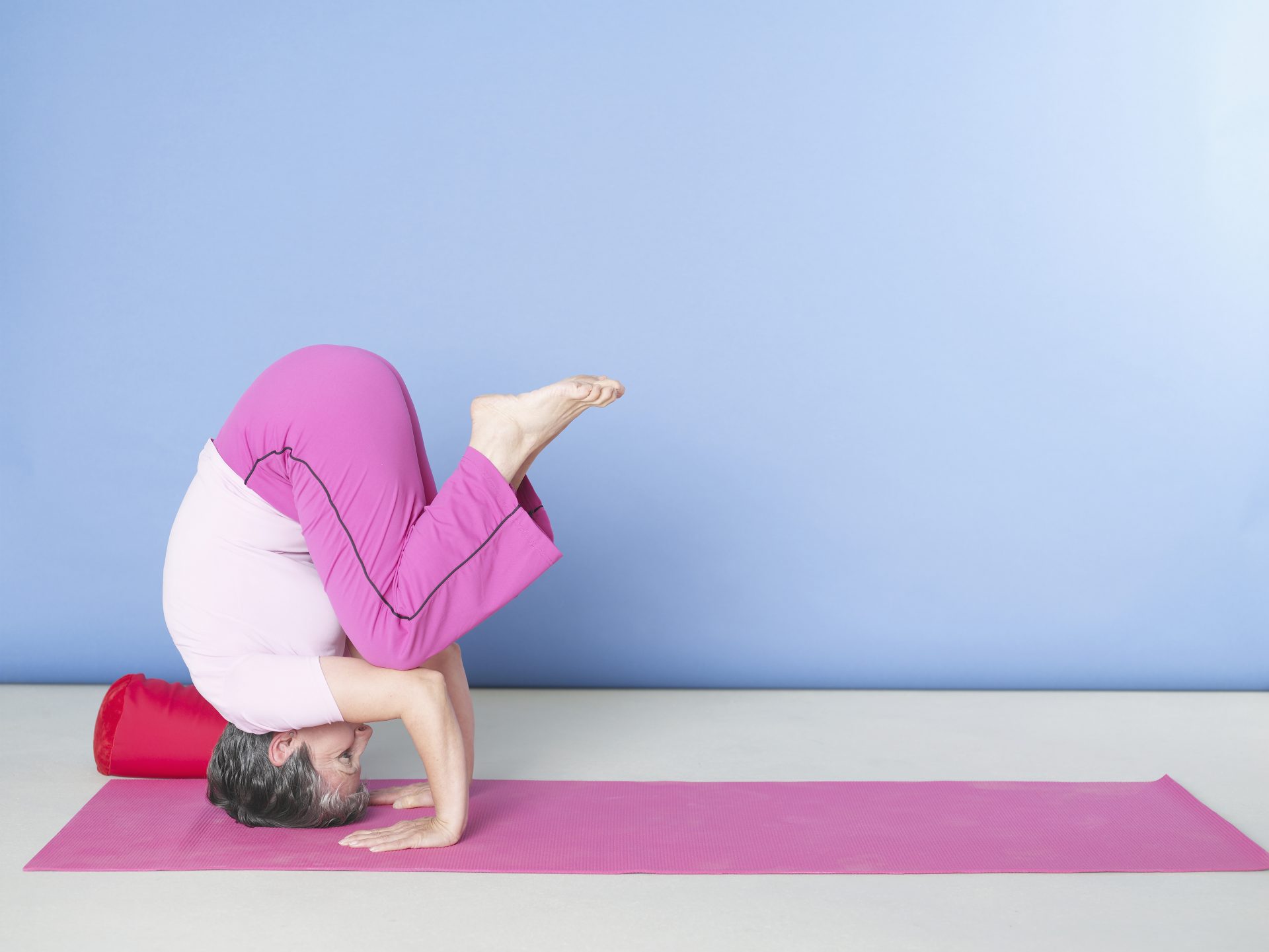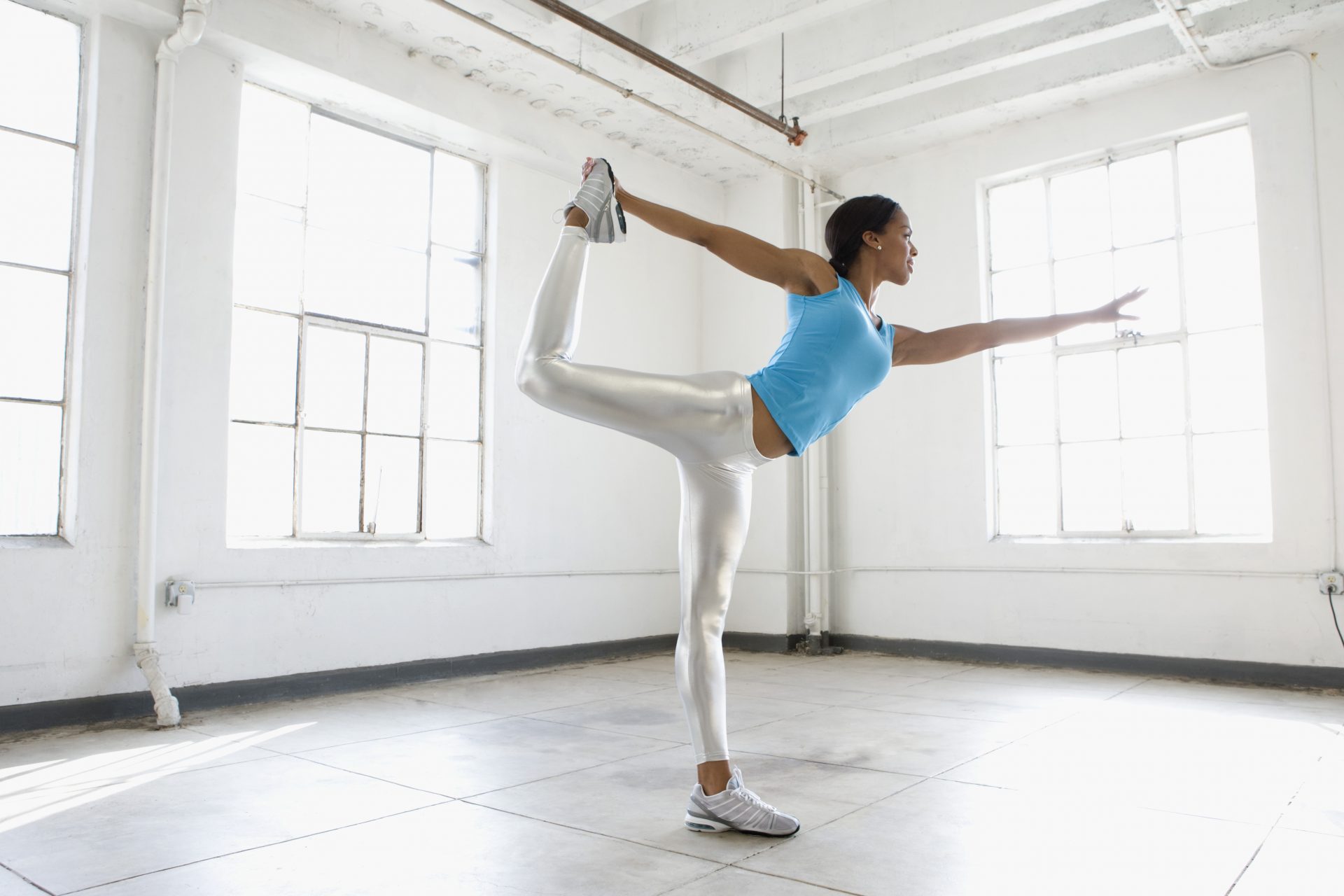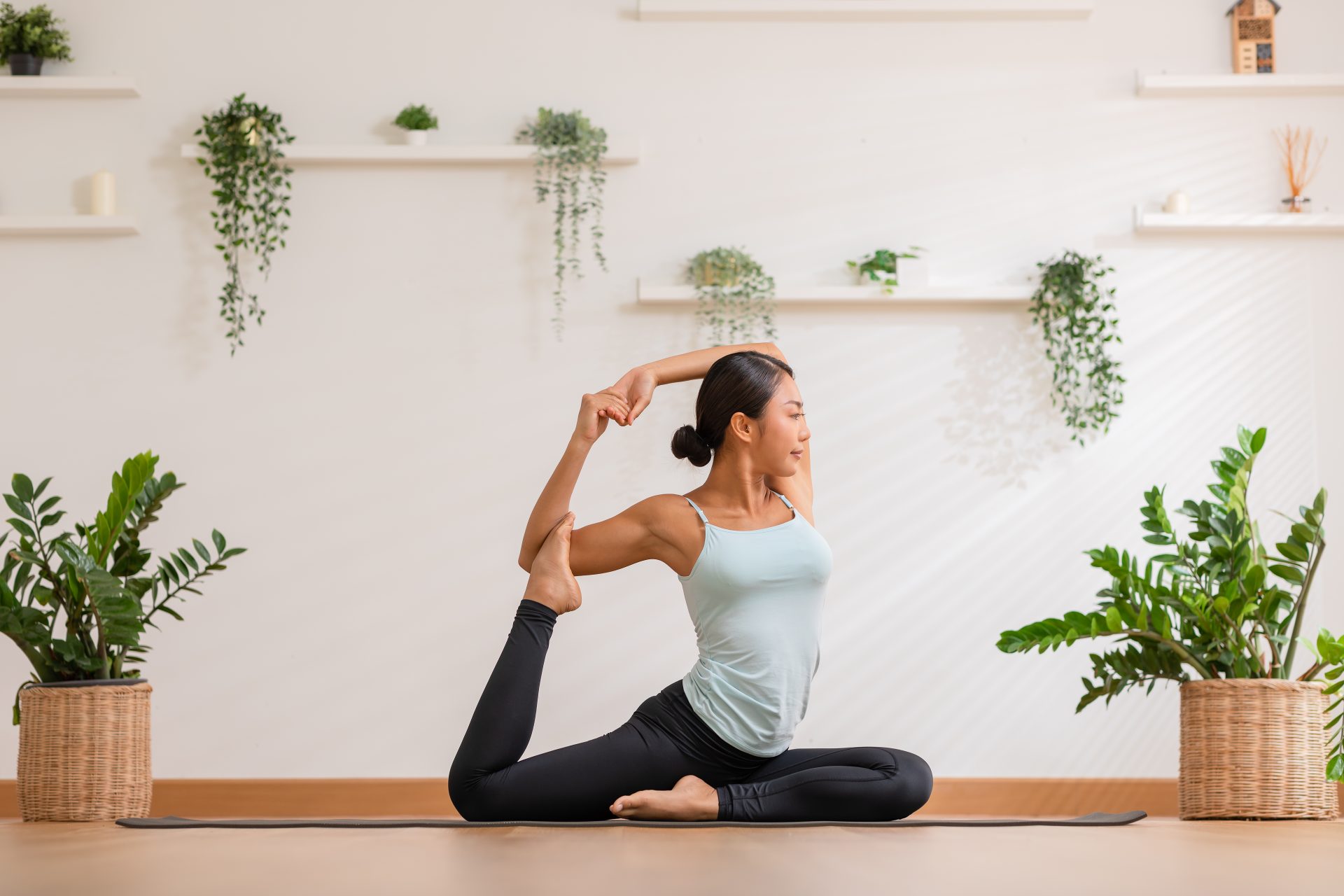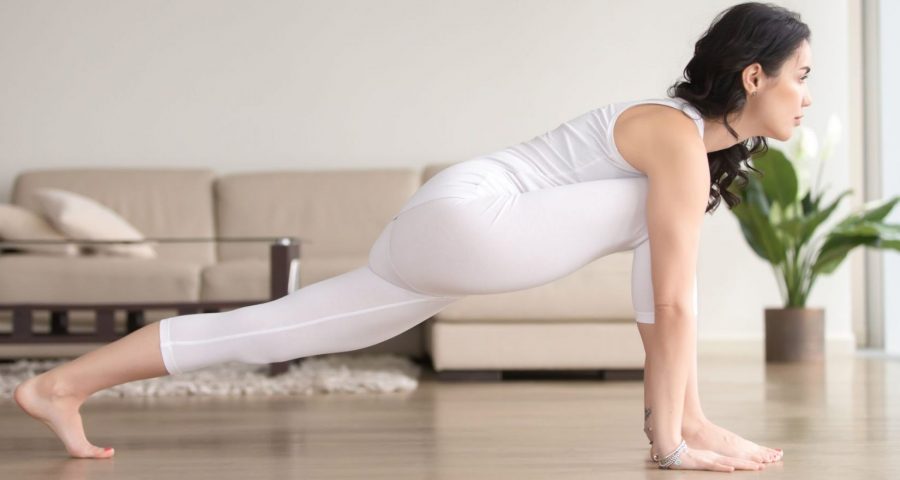Is there one yoga pose to rule them all? When time is limited, which postures give you maximum benefit? Yogis reveal their top choices and discuss whether there is such a thing as ‘the ultimate asana’.
I once had a yoga teacher who finished every session with a shoulder stand, which she called “the queen of poses”. Another instructor declared the downward dog a daily must-do. While another believed the simple corpse pose was the most necessary yoga move. This got me thinking: does the ultimate yoga pose – one that delivers both physical and mental benefits at once – actually exist?
The number of individual yoga poses to choose from depends on which branch of yoga you follow. Traditional hatha yoga is based on 12 asanas, which, with variations, ends up totalling 84 postures. But contemporary practice incorporates even more – Light On Yoga by BKS Iyengar, published in 1966 and the first Western book on yoga, describes around 200 asanas. That’s a lot to consider when planning your ultimate sequence.
You may also like
Yoga poses that will ease period pain and stomach cramps
But should we be reducing yoga to a greatest hits package of ‘best’ postures to squeeze into a routine for the time-poor? Is this just another way Western society has commodified the ancient practice (an issue addressed head-on by Nadia Gilani in her new book The Yoga Manifesto)?
“To say there is one ultimate yoga pose totally goes against what I believe yoga to be,” Kat Pither, yoga teacher and founder of Yogi Bare, tells Stylist. “Yoga is an exploration and appreciation of your body, mind and life, and a total acceptance of you, just as you are. The idea of an ultimate yoga pose creates the idea that there’s a goal or a physical achievement to be had.
“While it can make you feel great and boost confidence when you do something that looks or feels cool, the practice is so much deeper than that. It’s a practice, not a performance.”
Yoga isn’t about being the ‘best’ but some poses can offer certain benefits
Gemma Soul, head of yoga at Psycle, agrees. “I don’t really believe in an ultimate yoga pose. For me it’s about losing yourself in the flow of a sequence,” she says. “I love being creative with my yoga sequencing, as I can then fully immerse myself and it becomes my moving meditation. After having a child I value any time that I get on the yoga mat and appreciate even 10 minutes of moving and breathing as a tool to reset myself.”
Caroline Lucas, yoga and meditation expert at Karma Studios, adds: “There is no ultimate goal. For me, the practice is always changing depending on what my mind and body needs. Sometimes it’s a continual flowing practice; other times, it’s the complete opposite and all I want is a slow, grounded, restorative practice.”
However, don’t feel guilty about seeking out the best ‘value for money’ postures when your time is tight. Many yoga experts believe that you can still honour the core ethos of yoga while sticking to a limited set of favourites that really pack a punch yoga-wise, if that helps you keep the practice in your life. Here are the yoga experts’ asanas of choice that they always make time for…
Good for a brain boost
Headstand
Liz Joy Oakley, instructor and head of wellness at MoreYoga, tells Stylist: “My peak pose is headstand (sirsasana). I love doing this pose at the start of the day or when I need a quick energy boost. If you’re feeling stuck in your own head, going upside down can really help to change your perspective.
“Headstand is a great stress reliever, a strengthening pose for the arms and core, and it also helps to boost your energy, concentration and focus levels.” If you’ve not yet got your headstand practice, try going into a shoulder stand.

Good for desk workers
Twisted lizard pose
While she doesn’t believe in ‘the ultimate’ yoga pose, fellow MoreYoga instructor Anna De Sousa, believes that twisted lizard (utthan pristhasana) is “a yoga pose that can be the most beneficial for our bodies. For us Westerners, this pose is the perfect body reset. It targets the hip flexors and if we add in a twist it’s a wonderful asana for those who sit for long periods or suffer from back pain”.
Dancer pose
Another good posture for this is dancer pose (natarajasana), explains Daria Ivanova, personal trainer and founder of Repose. “I like to practice dancer because of the balance, concentration and patience it requires to stay in the pose. It’s great for stretching the whole body, for steadying not only physically but from within. It’s also a fun and challenging pose which looks very graceful.”

Good for full body strength
Upward facing dog
Upward facing dog (urdhva mukha svanasana) is the perfect dynamic pose for building full body strength, says Strong Women Training Club’s very own Adrienne Everett. “It builds strength through engaging my upper body, thighs and glutes, while also providing a deep lower back and spinal stretch. The chest opening element of the pose is great for my mental health as it supports release.”
Good for relieving stress and anxiety
King pigeon pose
Szabina, yoga instructor and personal trainer at MotivatePT, picks king pigeon (eka pada rajakapotasana) as a superior tension reliever. “This pose is nice to do when you’re tired. It focuses on opening your hips which supports mobility and flexibility in that joint, and also stretches your hip flexors and lower back.
“According to Ayurvedic medicine, stress, sadness and fear are stored in your hips, so regularly practising this pose may help relieve internal stress or worry.”

Good for calming down
Downward dog
“The ultimate pose is one that asks you to mentally soften, deepen into your muscles and requires a bit of focus,” says Scarlett Woodford, yoga teacher and founder of Look Closer Healing. “A great example would be downward facing dog – you stretch into your back and hamstring muscles, and invert which requires concentration. It’s the posture we return to again and again in class, making it a bit of a ‘home base’, a mental and physical anchor.”
Corpse pose
Finally, Sarah Lloyd-Morrision, yoga teacher and founder of Awakened Rest, nominates corpse pose (shavasana) as her ultimate posture. “For many, this can also be the most challenging pose, as you are ‘being’ rather than ‘doing’; you’re at one with your thoughts, emotions and sensations.
“It brings immense benefits such as relaxing the parasympathetic nervous system and stress in general, especially when combined with some deep yogic breathing. At least five minutes in shavasana at the end of a dynamic yoga class is the main goal of the whole class.”
Images: Getty
Source: Read Full Article
